Shortage of donkey skin breeds TCM fakes
Updated: 2016-01-28 12:03
(Xinhua)
|
||||||||
JINAN - A shortage of donkey hides used to produce the Traditional Chinese Medicine (TCM) "ejiao" has resulted in a deluge of imitations, with around 40 percent likely to be fake.
Donkey-hide gelatin, known as ejiao in Chinese,is made by boiling the donkey's skin and refining the results into a tonic. Ejiao is mainly taken by women who suffer from anemia, dry coughs or dizziness. The name was coined in Dong'e County in east China's Shandong Province, where it was originally produced.
Around 5,000 tonnes of ejiao is produced annually in China, according to figures released this week by Shandong Ejiao Trade Association.
To realize such production, around 4 million donkey hides are needed each year. Annual supply in China is less than 1.8 million, meaning as much as 40 percent of the products claiming to be ejiao are counterfeit, according to the figures.
"With the current donkey hide supply, only 3,000 tonnes of ejiao can be manufactured each year," said Dong Shuguang, an ejiao consultant with more than 20 years experience in the industry.
Production of donkey hides has dwindled in China due to the animal's low fertility rate and long rearing period, prompting a 23 percent annual price hike. Last year, the average price for a complete donkey skin exceeded 2,600 yuan (395 U.S. dollars).
As a result, people have began using the skins from mules, horses, pigs and oxen to produce counterfeit tonics. In some cases, people have even used shoes, according to Bu Xun from Shandong Academy of Agricultural Sciences.
"A donkey skin can cost up to 3,000 yuan, while horse and mule hides are only 200 yuan each. Pig skins and shoes are even cheaper," Bu said. "Some products don't even have any ejiao in them."
An industry insider said on condition of anonymity that some manufacturers sell the fake products to supermarkets or drug stores in remote counties or townships, or through online shops.
The revelation has shocked many, eliciting more than 16,000 comments on web portal 163.com by 8 a.m. Wednesday. Many commenters said they were surprised counterfeits were so common.
"Can we buy anything real these days?" wrote user "jsrggyx."
"We should be happy it is not made from rubber tires," another user mocked.
- Students must learn safety education, experts say
- 73 bodies recovered from rubble of Shenzhen landslide
- Chinese travelers lead 2015 global outbound tourism
- S Korea to issue 10-year visa to highly-educated Chinese tourists
- A glimpse of Spring Rush: little migrant birds on the way home
- Policy puts focus on genuine artistic students
- Goodwill sets tone at Wang, Kerry's briefing
- Obama picks new Afghan commander
- Ceremony held in Auschwitz Camp to remember the Holocaust
- Thousands of beckoning cat on display in Japan's Goutoku Temple
- Chinese fishing boat capsizes off S. Korean island: Yonhap
- 42 cases of Zika infection reported in N.E. Panama

 Top 10 best selling cars on Chinese mainland 2015
Top 10 best selling cars on Chinese mainland 2015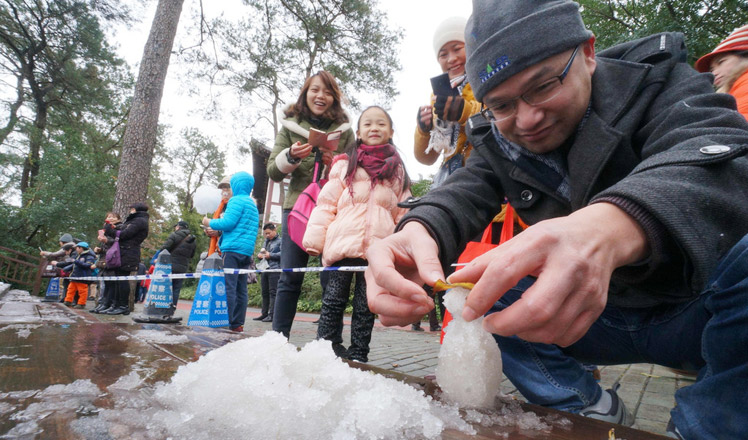
 Warm memories in the cold winter
Warm memories in the cold winter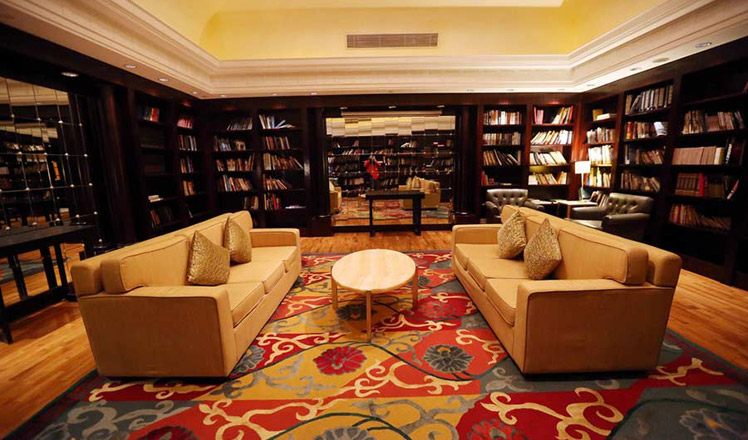
 The world's highest library
The world's highest library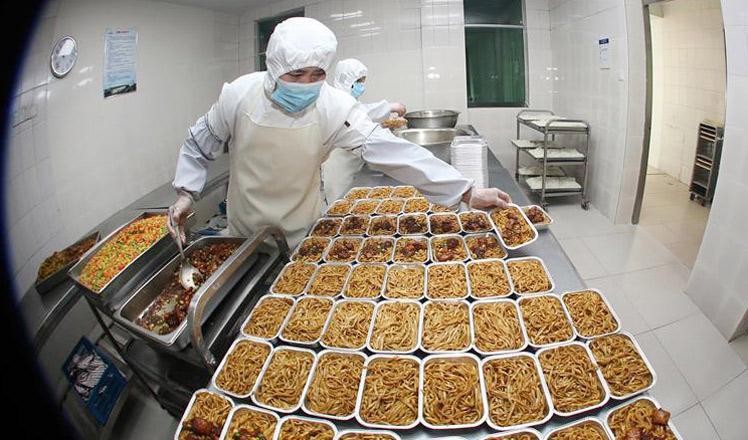
 In-flight meal prepared for travel rush ahead of Spring Festival
In-flight meal prepared for travel rush ahead of Spring Festival
 72-year-old teaches yoga for free in Hangzhou
72-year-old teaches yoga for free in Hangzhou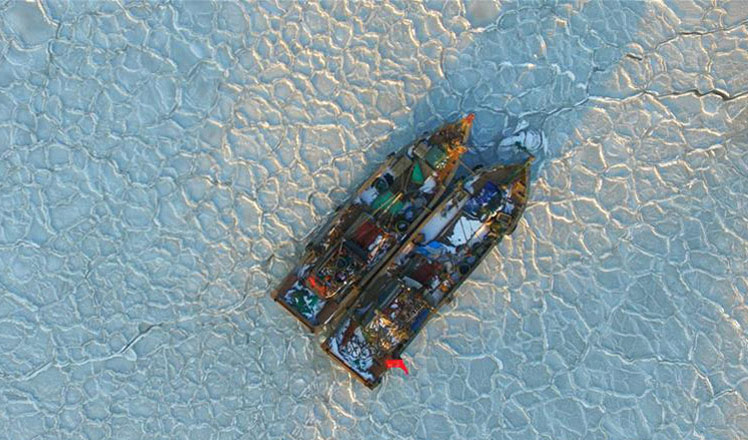
 Sea ice traps boats as cold wave sweeps across East China
Sea ice traps boats as cold wave sweeps across East China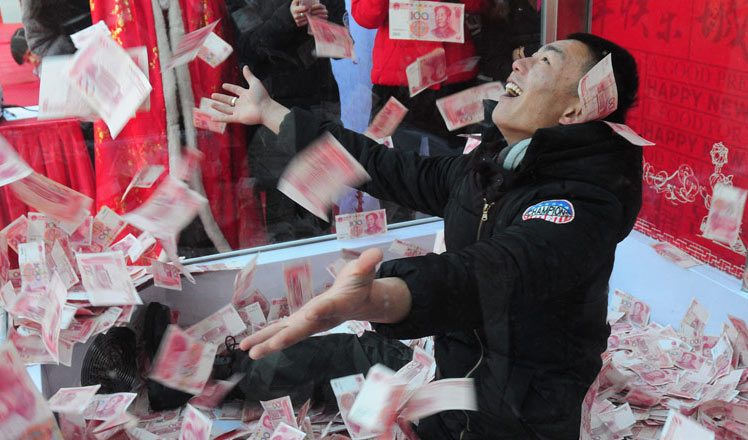
 10 tourists grab free money in one minute in East China
10 tourists grab free money in one minute in East China
 Warm colors at sunrise cast off the chill in Qingdao
Warm colors at sunrise cast off the chill in Qingdao
Most Viewed
Editor's Picks

|

|

|

|

|

|
Today's Top News
National Art Museum showing 400 puppets in new exhibition
Finest Chinese porcelains expected to fetch over $28 million
Monkey portraits by Chinese ink painting masters
Beijing's movie fans in for new experience
Obama to deliver final State of the Union speech
Shooting rampage at US social services agency leaves 14 dead
Chinese bargain hunters are changing the retail game
Chinese president arrives in Turkey for G20 summit
US Weekly

|

|








